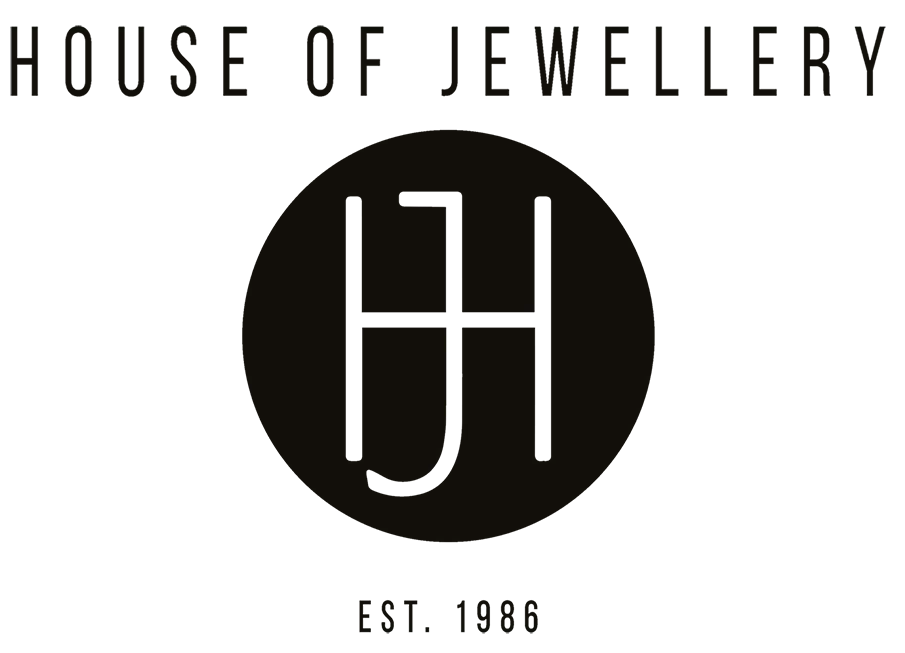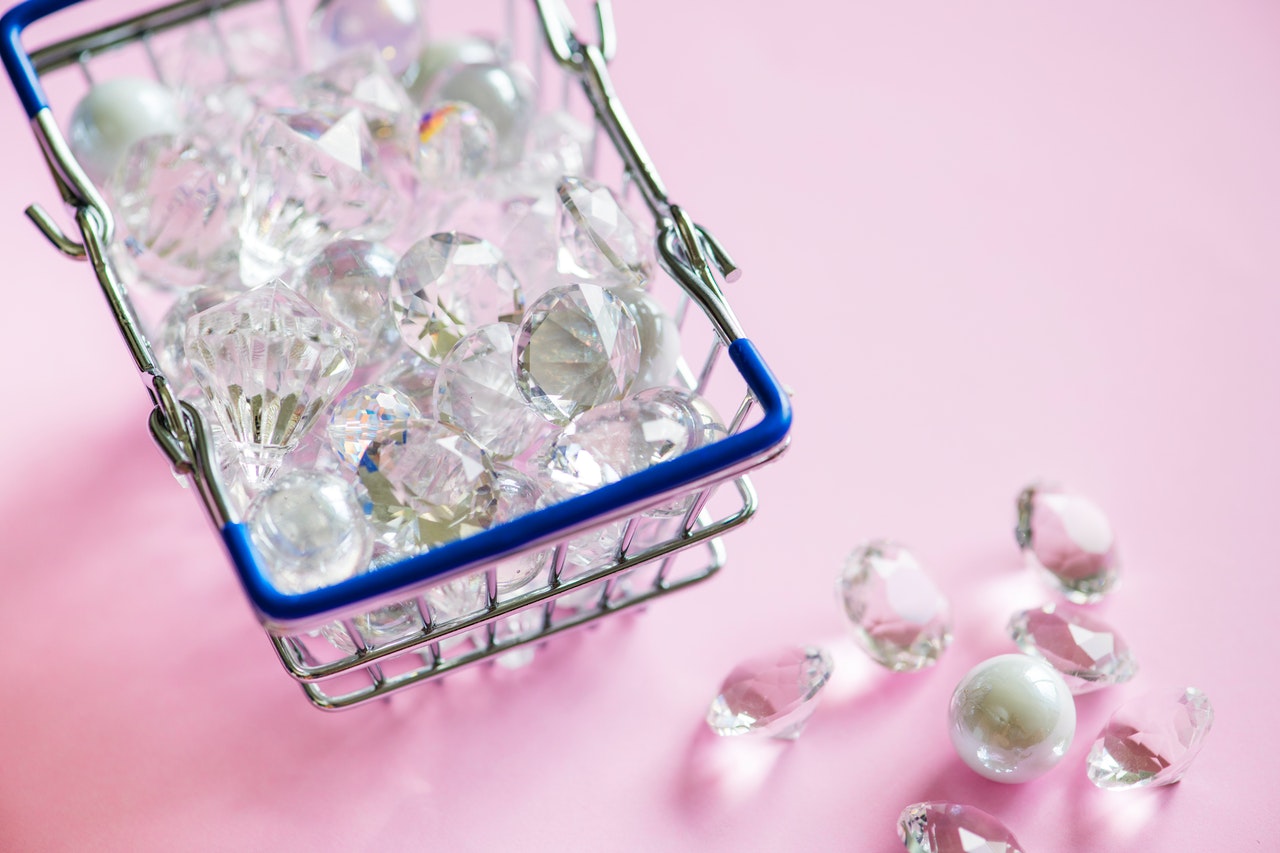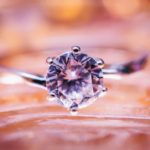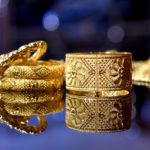Not everyone knows what a diamond carat is, but it is something important to consider when buying and selling this gem. While it isn’t the sole factor for determining the value, diamond carat weight does play a large enough role that you should be aware of it. Here’s our brief run-through of all you need to know about diamond carats.
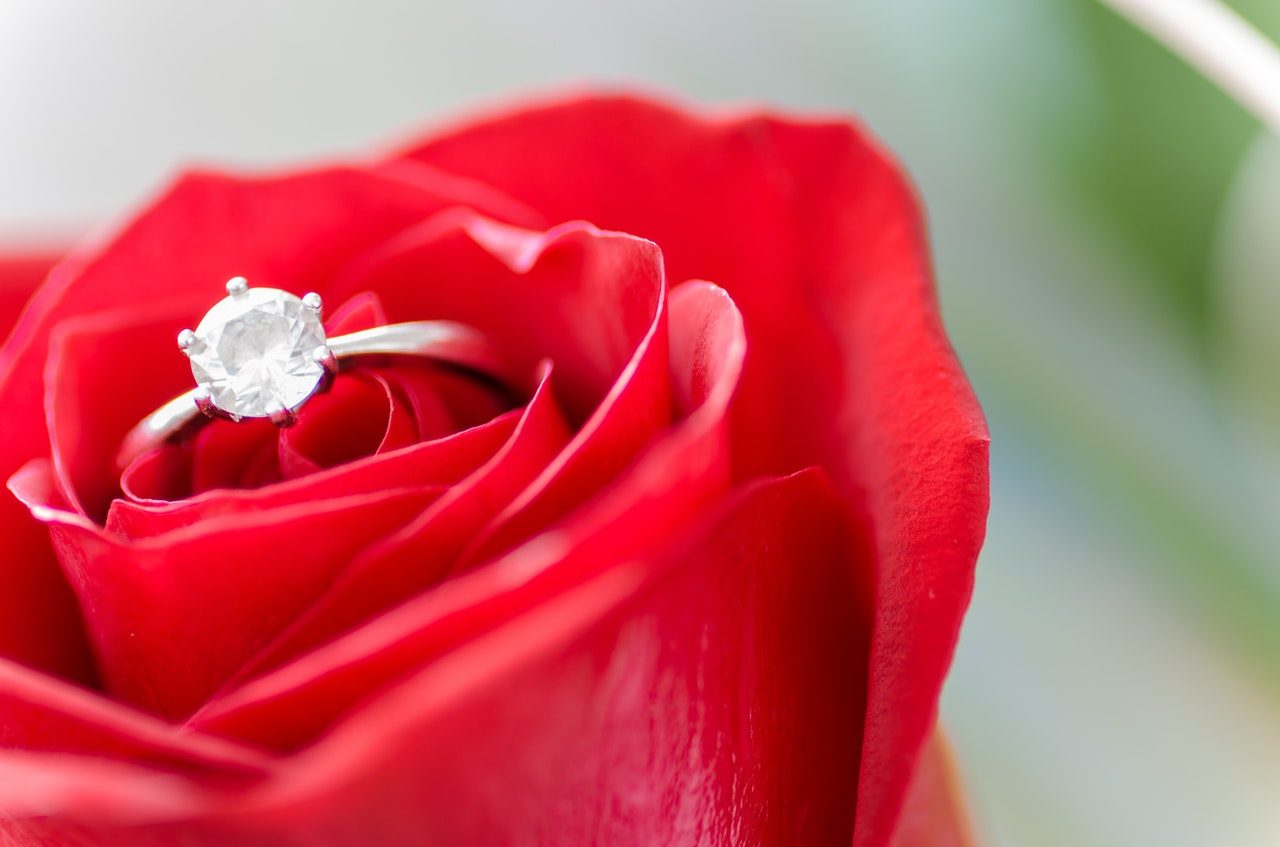
The Basics of Diamond Carats
Many people believe a carat measures the diamond size, but that’s a common misconception. A diamond carat actually measures the diamond’s weight. One carat is equal to 200 milligrams, or 0.200 grams and is divided into 100 points (.25ct = 25 points).
As you can figure, the larger the diamond, the more it will cost. That’s because larger diamonds are rare, especially if they meet a certain criteria for being considered high-quality.
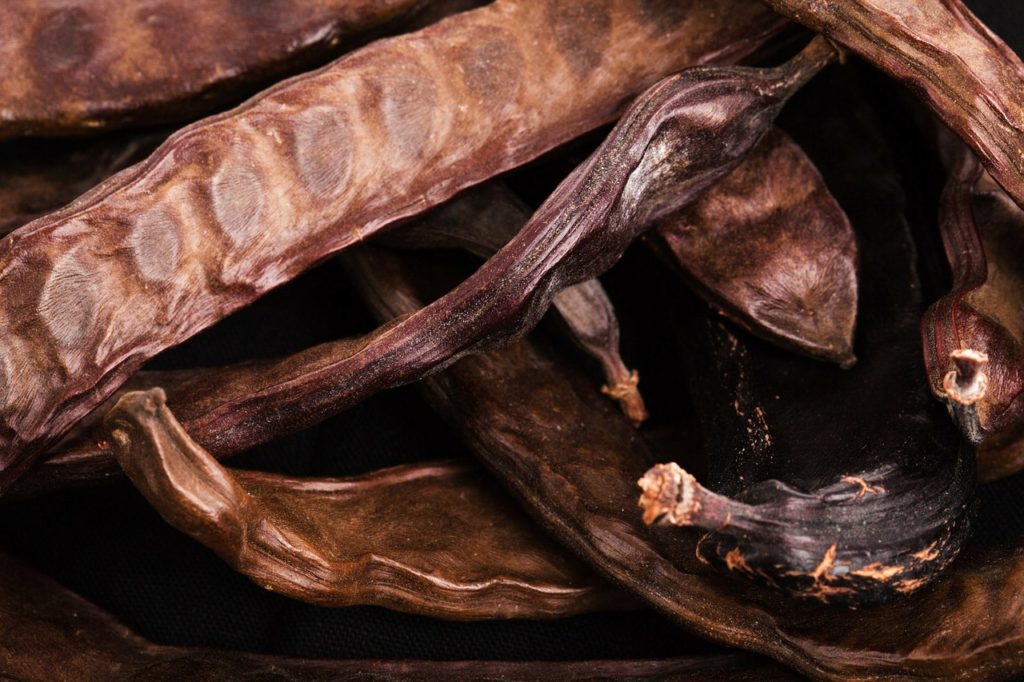
Where Did Carat Come From?
As mentioned in a previous post, the
This is different than the carats used to measure gold, of course. For more information on that, you can read up about it here.
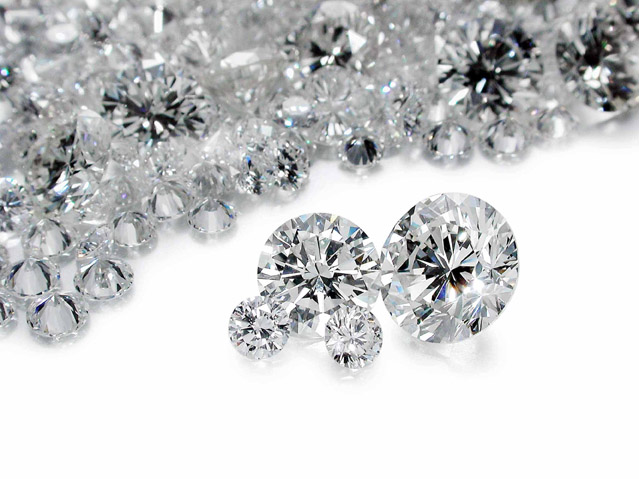
It’s Not Just About Carats
For one thing, the heavier the diamond, the more it will cost. That said, even if two diamonds have the same weight, it doesn’t necessarily mean they’ll have the same value.
For example, you can have two .80 ct diamonds, but if factors such as depth or shallowness, complexion, and colour aren’t the same, then the pricing will be different for the two.
When it comes time to the appraisal, diamond carat isn’t the only thing jewellers look at.
The Four C’s are carat, cut, clarity, and colour. All of these are important in the appraisal process. With that in mind, it’s important to not base your decision solely on carat – or any one of these four measurements for that matter. It’s about finding a happy balance.
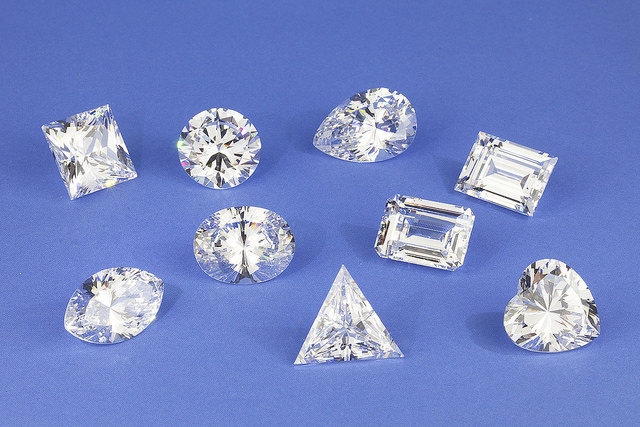
Magic Sizes
If you’re sticking to a budget but want a certain size, consider going just below the “magic” sizes. .25, .50, .75, and .100 are all sizes that will cause pricing to increase drastically, so unless it’s a must-have, try opting in for a size in-between. The difference is virtually unnoticed by the naked eye. After all, your eye can’t see
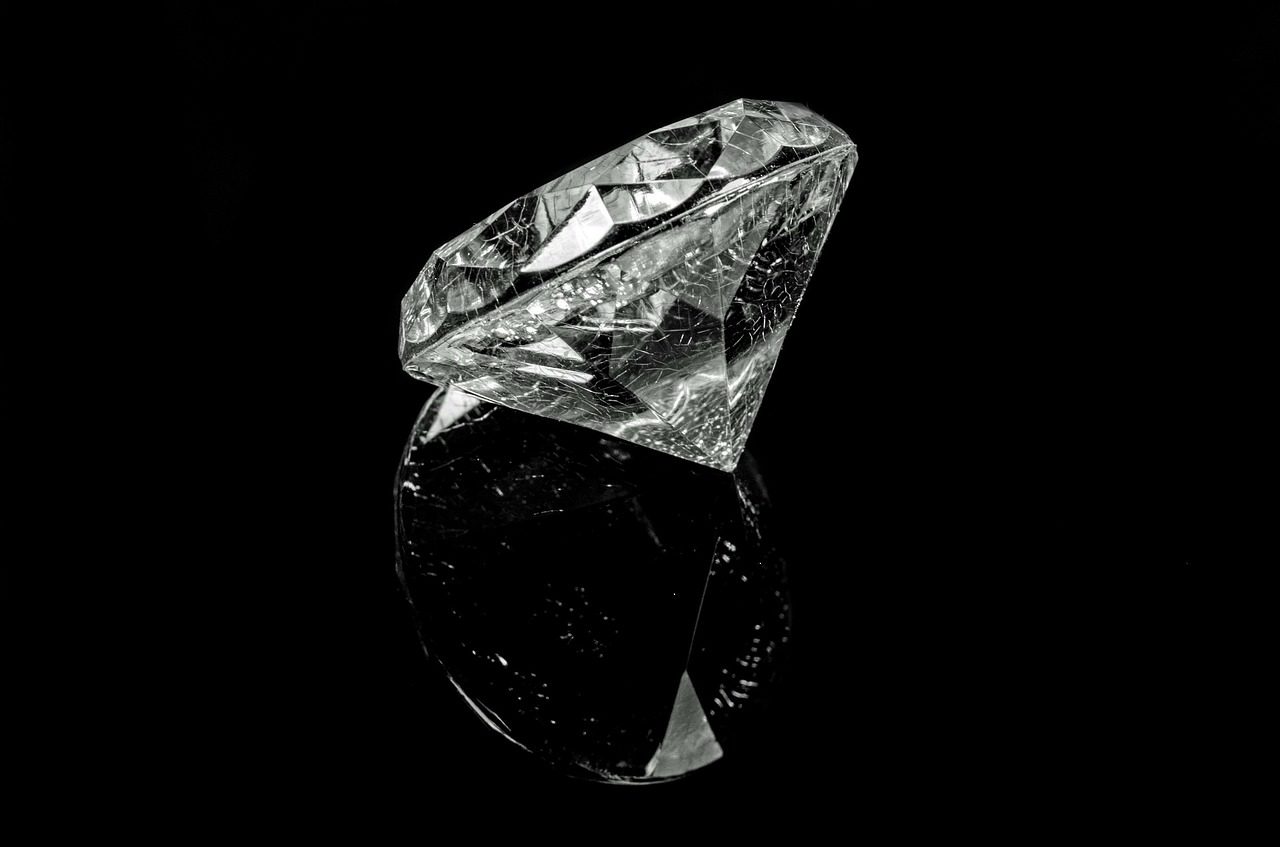
Important Things to Consider
Depending on the diamond carat, you may or may not be able to get certain styles of ring settings. Be sure that you do all your research before making certain major decisions. Also, be sure to pick the diamond before the ring. If you don’t, you could end up with a final product that wasn’t quite what you hoped for.
Don’t forget that depending on the setting, your diamond might be covered up by metals. Whether you went with gold, silver, or another kind of metal, the diamond won’t be standing alone. Keep that in mind while deciding the carat you want – it’ll help when figuring out what you want the other aspects of the diamond to be, too.
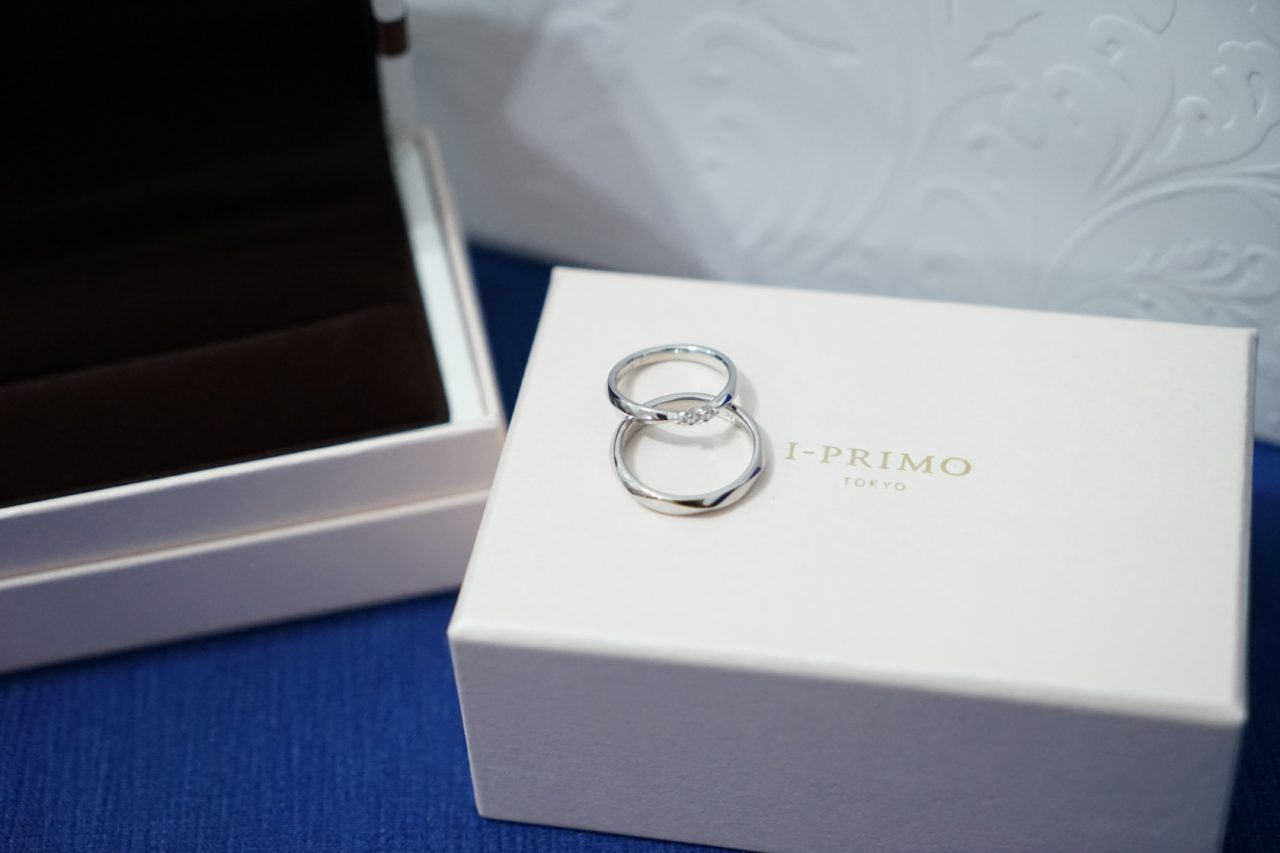
With all that in mind,
